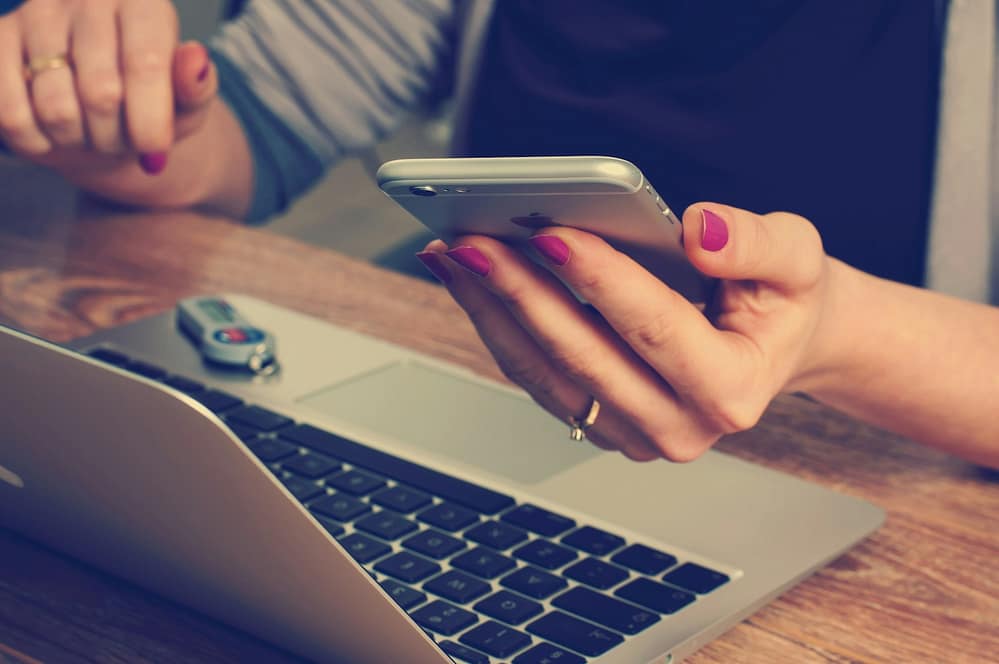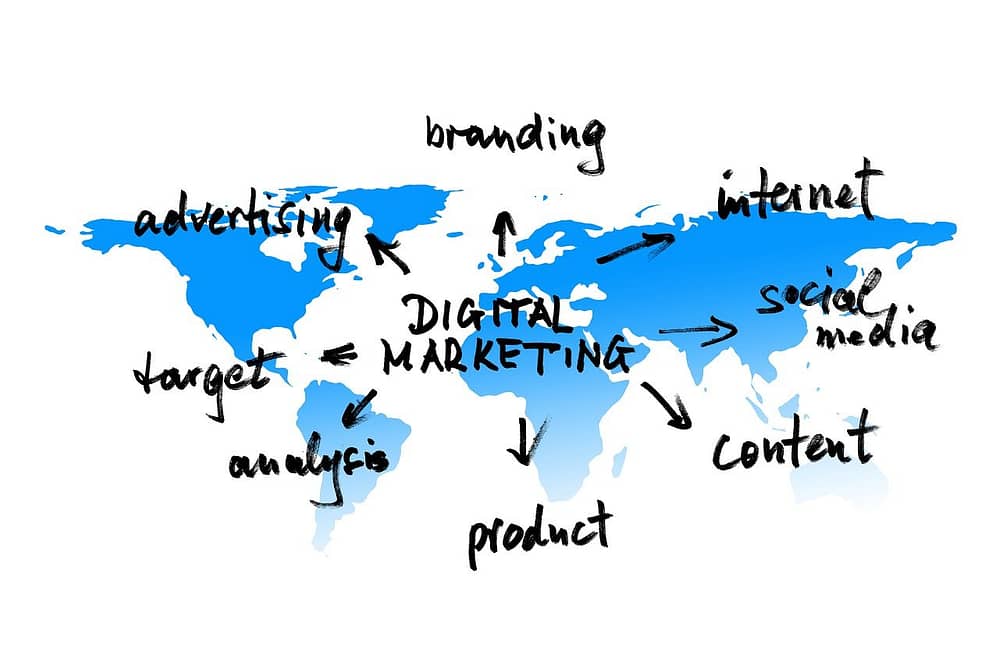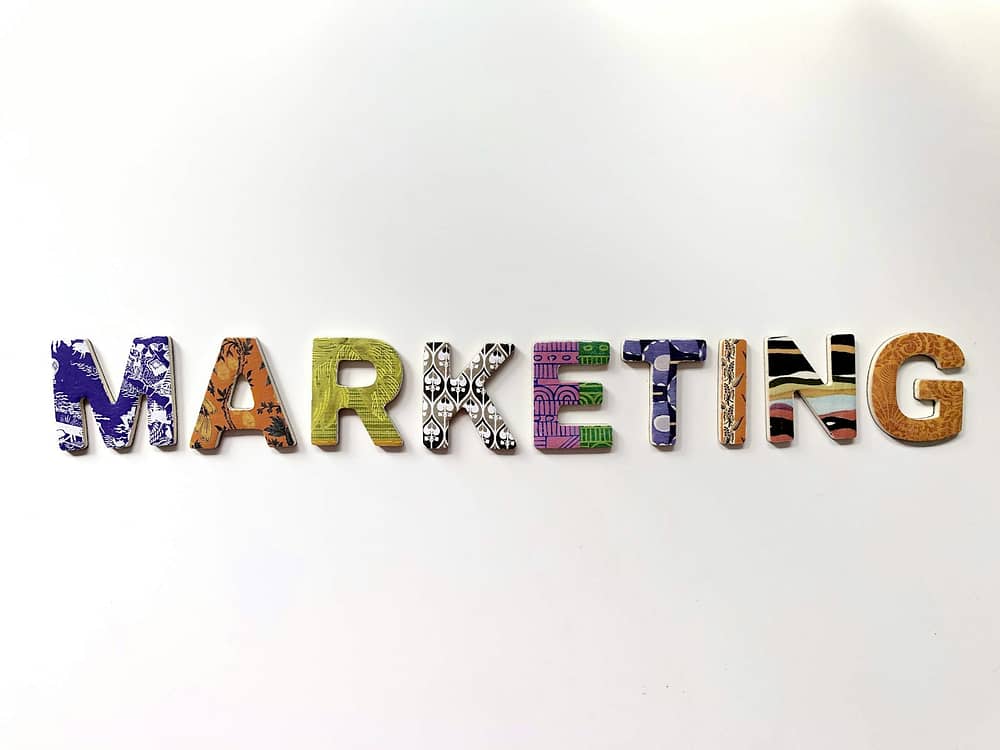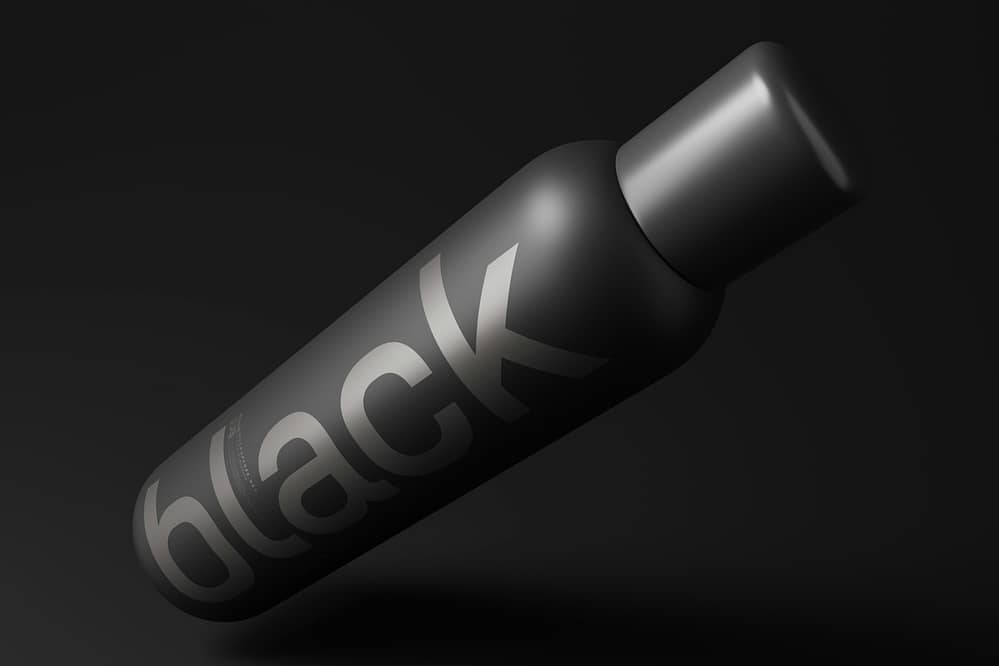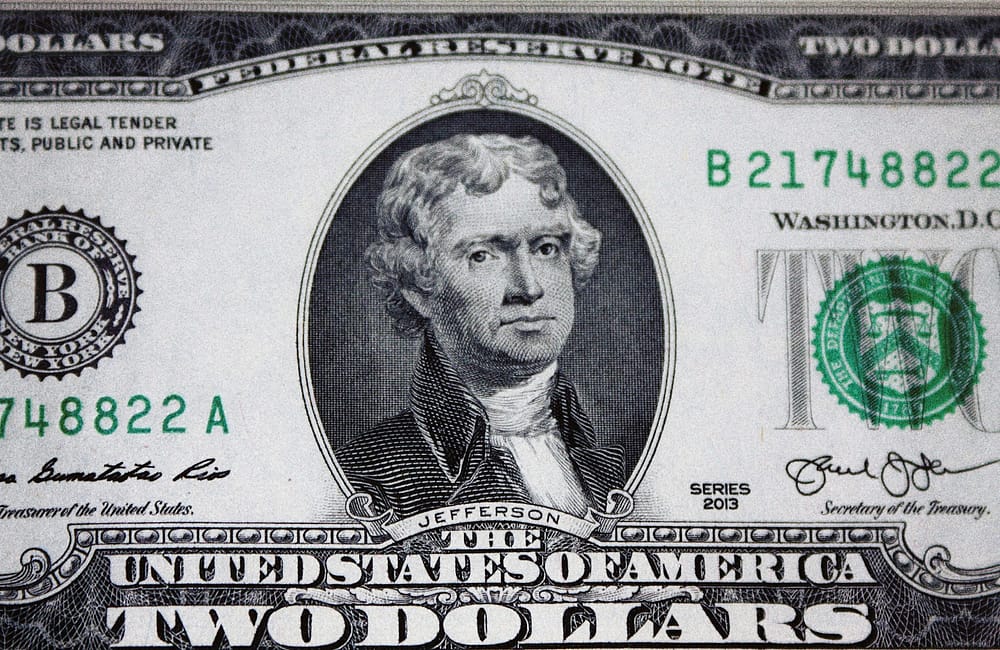Omnichannel Explained: How to Reach Customers Everywhere Without Losing Your Mind
Introduction: Your Customer is Everywhere (And You Can Be, Too!)
Have you ever found yourself doing this? You see an ad for a cool pair of shoes on Instagram during your lunch break. Later, you Google the brand to see if they’re legit. You find a review on YouTube from someone you trust. You click over to their website, add the shoes to your cart… but get distracted.
An hour later, a friendly email pops up: “Did you forget something?” That evening, you finally click “buy.”
Table of Contents
That winding, unpredictable path is exactly how most people shop today. Your customers aren’t just sitting on one app waiting for you. They’re jumping between social media, search engines, and their inbox. They live online, and their attention is split.
This is where omnichannel marketing comes in, and it’s not as complicated as it sounds. It’s a strategy designed to create one smooth, connected conversation with your customers, no matter where they are. It’s about being thoughtful, consistent, and, most importantly, human.
And the best part? You don’t need a massive budget or a team of experts to make it work. With the right mindset, any business owner can build a powerful omnichannel strategy that feels personal and drives results.
What Is Omnichannel Marketing (In Simple, Human Terms)?
Let’s cut through the jargon.
Omnichannel marketing is the art of weaving your marketing channels (like email, social media, SMS, and your website) together so they work as a team. The goal is to give your customers a single, unified experience, whether they’re swiping through your Instagram stories or opening a promotional email.
Think of it like continuing a conversation with a friend. You wouldn’t reintroduce yourself every time you talk to them. You’d pick up right where you left off. Omnichannel marketing does the same for your customers. It remembers them, recognizes their journey, and makes them feel seen.
Here’s a simple example:
Imagine Sarah is looking for handmade jewelry.
- Instagram: She discovers your brand through a beautiful photo on her feed. She taps over to your profile and browses.
- Website: She clicks the link in your bio, lands on your website, and adds a necklace to her cart but hesitates to buy.
- Email: A few hours later, she gets a gentle, personalized email reminding her about the beautiful necklace waiting for her, maybe with a small discount to nudge her along.
- YouTube: The next day, while watching videos, she sees a short ad showcasing the craftsmanship of your jewelry.
- SMS: She finally makes the purchase and instantly receives a warm thank-you SMS with her order confirmation.
See how every step feels connected? That’s the magic of an omnichannel approach. It’s a seamless journey, not a series of random, disconnected ads.
Omnichannel vs. Multichannel: What’s the Real Difference?
This is a common point of confusion, so let’s clear it up. They might sound similar, but their approaches are worlds apart.
| Feature | Multichannel Marketing | Omnichannel Marketing |
| Channels | You use many platforms (email, social, website). | You connect and sync all those platforms to work together. |
| Experience | Disconnected. Each channel operates in its own little silo. | Unified. The customer feels like they’re on one journey. |
| Focus | Getting the message out on as many channels as possible. | The quality and consistency of the customer’s experience. |
In short:
Multichannel is about shouting your message from multiple rooftops.
Omnichannel is about weaving a single, compelling story across every place your customer visits.
Why Omnichannel Marketing Is a Game-Changer in 2025
Customer expectations have changed. People want convenience, personalization, and trust. An omnichannel strategy is no longer a “nice-to-have”—it’s essential for survival and growth.
Here’s why it matters so much today:
- Customers Live on Multiple Platforms: The average person juggles several apps and websites daily. You can’t just rely on Instagram or email anymore. You need to be where they are, when they’re there.
- It Builds Deep Trust and Consistency: When your brand’s voice, visuals, and promises are the same everywhere, you build credibility. Consistency makes you look professional and reliable. (We touched on this in our guide, What Is Digital Marketing?)
- It Boosts Conversions (and Your Bottom Line): A smooth, logical journey means fewer people get confused or frustrated and abandon their carts. A consistent message leads directly to more sales.
- It Gives You Smarter Data: Instead of just seeing isolated clicks, you can see the entire customer journey. You learn why someone converted, not just where. This insight is pure gold for improving your marketing.
How Omnichannel Marketing Works: A Beginner’s Step-by-Step Guide
Ready to build your own strategy? Here’s how you can start, step by step.
Step 1: Walk in Your Customer’s Shoes
Before you do anything else, map out your customer’s journey. Ask yourself these simple questions:
- How do people usually find my brand for the first time? Is it through a Google search, a friend’s recommendation, or a social media post?
- What happens next? Do they visit my website? Ask questions in the DMs?
- What are the moments that build trust? Is it reviews, your “About Us” page, or a quick response to a question?
- What’s the final push that convinces them to buy?
Jot down every single touchpoint. This map will show you exactly where to focus your energy.
Step 2: Find Your Brand’s Voice and Stick to It
Your brand needs a personality. Are you fun and witty? Warm and encouraging? Professional and authoritative?
Whatever you choose, keep that message, logo, and tone consistent everywhere. If your website is friendly and welcoming, your emails shouldn’t sound like they were written by a corporate robot. Authenticity is magnetic.
Step 3: Choose Your Channels Wisely
Don’t try to be everywhere at once—that’s a recipe for burnout. For beginners, starting with 3-4 core channels is perfect.
- Website or Blog: This is your home base, the central hub for all your content.
- Social Media: Pick one or two platforms where your ideal customers hang out most (e.g., Instagram, Facebook, X, TikTok).
- Email Marketing: This is your direct line to your audience for building relationships and driving sales.
- SMS or Text Marketing: Incredible for timely updates and personal touches. (Learn more in our Text Marketing Explained guide).
You can always add more channels as your business grows.
Step 4: Automate with Intention
Automation isn’t about being lazy; it’s about being smart and consistent. Use tools to handle the repetitive tasks so you can focus on strategy and connection.
- Email Automation: Tools like HubSpot or Mailchimp can send welcome emails, cart reminders, and more without you lifting a finger.
- Social Media Scheduling: Use Buffer or Hootsuite to plan your content in advance and post consistently.
- Connecting Your Apps: A tool like Zapier can act as a bridge between your different platforms (e.g., when someone fills out a form on your site, automatically add them to your email list).
Step 5: Track, Analyze, and Evolve
Marketing is part science, part art. Use analytics tools like Google Analytics, Meta’s Business Suite, or Hotjar to see what’s working and what isn’t.
- Are people dropping off at a certain point in their journey?
- Which channel is bringing you the most valuable customers?
Look at the data, listen to what it’s telling you, and don’t be afraid to tweak your approach.
Real-World Examples of Omnichannel Marketing
1. Starbucks
Starbucks is a master of this. Their mobile app is seamlessly connected to your in-store experience. You can order ahead, pay with your phone, collect rewards, and get personalized offers. Every interaction, whether digital or physical, feels like part of one cohesive Starbucks experience.
2. Nike
Nike has built a powerful ecosystem around its brand. The Nike Run Club app tracks your workouts, the SNKRS app gives you exclusive access to new releases, and their website offers personalized recommendations. Everything is connected, making you feel like part of a community, not just a customer.
3. A Small Business Example (That You Can Copy!)
Let’s imagine you run a small online store selling natural skincare products. Your omnichannel flow might look like this:
- Instagram/TikTok: You post a video tutorial showing how to use your new face oil.
- Email: You send your email list a newsletter with more details about the oil’s ingredients and include a “first-time buyer” discount.
- Website: A customer, intrigued by the email, clicks over to your site to read reviews.
- Google Ads: If they leave without buying, they later see a gentle retargeting ad while browsing other sites.
- WhatsApp: After purchasing, they get a personal thank-you message and shipping update via WhatsApp, where you can also answer any questions they have.
It’s simple, connected, and powerfully effective.
Common Omnichannel Mistakes to Avoid (We’ve All Been There!)
Even big brands stumble. Here are a few common pitfalls to watch out for:
- Spreading Yourself Too Thin: Don’t feel pressured to be on every single platform. Master a few key channels first, then expand.
- Sending Mixed Signals: Keep your messaging consistent. Your voice and offers should be the same across all channels to avoid confusing your customers.
- Flying Blind: Don’t ignore your data. Your analytics are your roadmap to what your customers want and need.
- Forgetting the Human Element: Avoid generic, one-size-fits-all messages. Use your customer’s name and reference their past interactions to make them feel valued.
- Neglecting Your Website: Social media platforms are rented land. Your website is the only online property you truly own. Make sure it’s user-friendly and up-to-date. Learn how to drive traffic to it in How to Advertise a Website: A Step-by-Step Guide.
Omnichannel Tools That Are Perfect for Beginners
Getting started is easier than ever with these user-friendly tools:
| Purpose | Recommended Tools |
| Social Media Management | Buffer, Hootsuite, Later |
| Email Marketing | Mailchimp, Sendinblue |
| Automation | Zapier, HubSpot |
| Analytics | Google Analytics, Hotjar |
| Customer Support | Intercom, Tidio, WhatsApp Business |
Start with the free versions, see what you like, and remember that the goal is integration.
Pro Tips for Getting It Right
- Talk Like a Human: Write your copy as if you’re talking to a friend. Ditch the corporate jargon.
- Test, Test, Test: What works for one business might not work for yours. Experiment with different messages and channels to find your sweet spot.
- Obsess Over the Customer Experience: Make every single interaction feel helpful, personal, and valuable.
- Work Smarter, Not Harder: Repurpose your content. A single blog post can be turned into a dozen social media posts, an email newsletter, and a short video.
- Educate Before You Sell: Build trust by sharing your knowledge freely. People buy from brands that teach, not just pitch.
How to Get Started Today: Your 5-Step Action Plan
- Pick Your Core 3: Choose your website, your primary social channel, and email as your starting lineup.
- Create Your Brand Vibe: Decide on your tone of voice and create a simple visual style guide.
- Set Up One Simple Automation: Start with a welcome email for new subscribers.
- Schedule a Weekly Check-in: Spend 30 minutes each week looking at your analytics.
- Listen and Adjust: Pay attention to customer feedback and data, and be willing to evolve.
Remember: it’s not about being everywhere. It’s about being connected everywhere that matters.
Final Thoughts
Omnichannel marketing isn’t just another buzzword reserved for giant corporations. It’s a philosophy centered on the customer. It’s for anyone who wants to build stronger relationships, sell more effectively, and grow their business in a sustainable way.
If you’re just starting, don’t get overwhelmed. Start small, stay consistent, and never lose sight of the real human on the other side of the screen.
Need help understanding how all the pieces of digital marketing fit together?
Read next: What Is Digital Marketing? Why You Need It & How To Start
FAQs: Omnichannel Marketing for Beginners
Q1. What’s the main goal of omnichannel marketing?
The ultimate goal is to provide a consistent, seamless, and personalized experience for your customers across every platform, making them feel recognized and valued at every step.
Q2. Is omnichannel marketing expensive?
It doesn’t have to be! Many powerful tools offer free plans, and the core principles of consistency and customer focus don’t cost a thing.
Q3. Can small businesses really do omnichannel marketing?
Absolutely! In fact, small businesses have an advantage because they can be more agile and personal. Simply connecting your website, email, and social media with a consistent voice is a fantastic start.
Q4. What’s the single best starting point for a beginner?
Start with your website. It’s your digital home base. From there, branch out to email and the one or two social media channels where your ideal customers spend their time.
Q5. Does omnichannel marketing help with SEO?
Yes, indirectly. A great omnichannel experience leads to more website traffic, longer visit times, and more brand searches—all of which are positive signals to search engines that your site is valuable and credible.
✅ Pro Tip for voob.com.ng Readers:
If you’re building your first website or looking to make your brand look more professional online, don’t miss our comprehensive guide: How to Advertise a Website: A Step-by-Step Guide.
Hi, I’m Prince Stephen Mordi, the mind behind Voob.com.ng. I write simple, beginner-friendly guides on tech, blogging, and making money online. My goal is to help you navigate the internet without headaches—because tech doesn’t have to be complicated!

